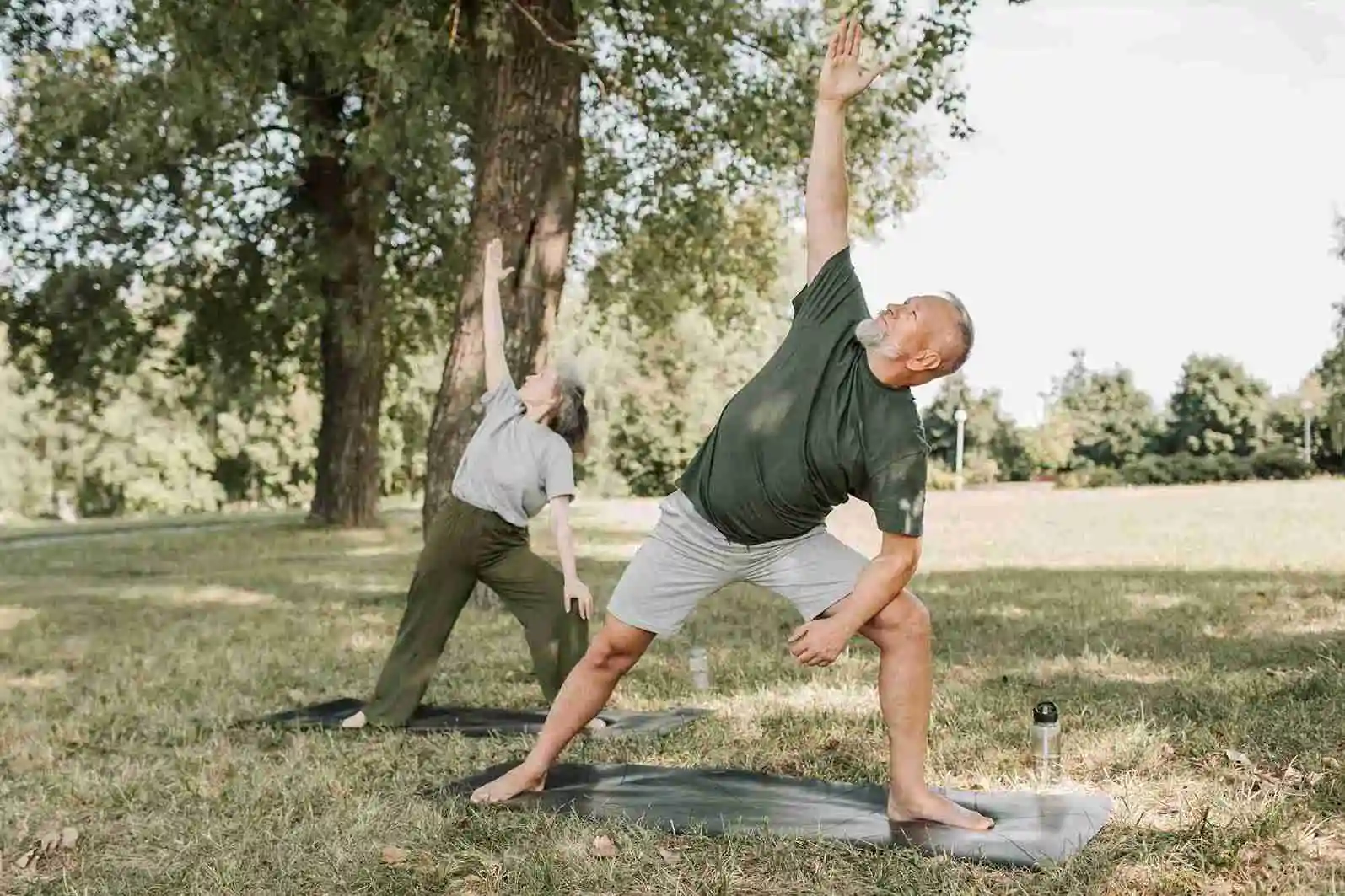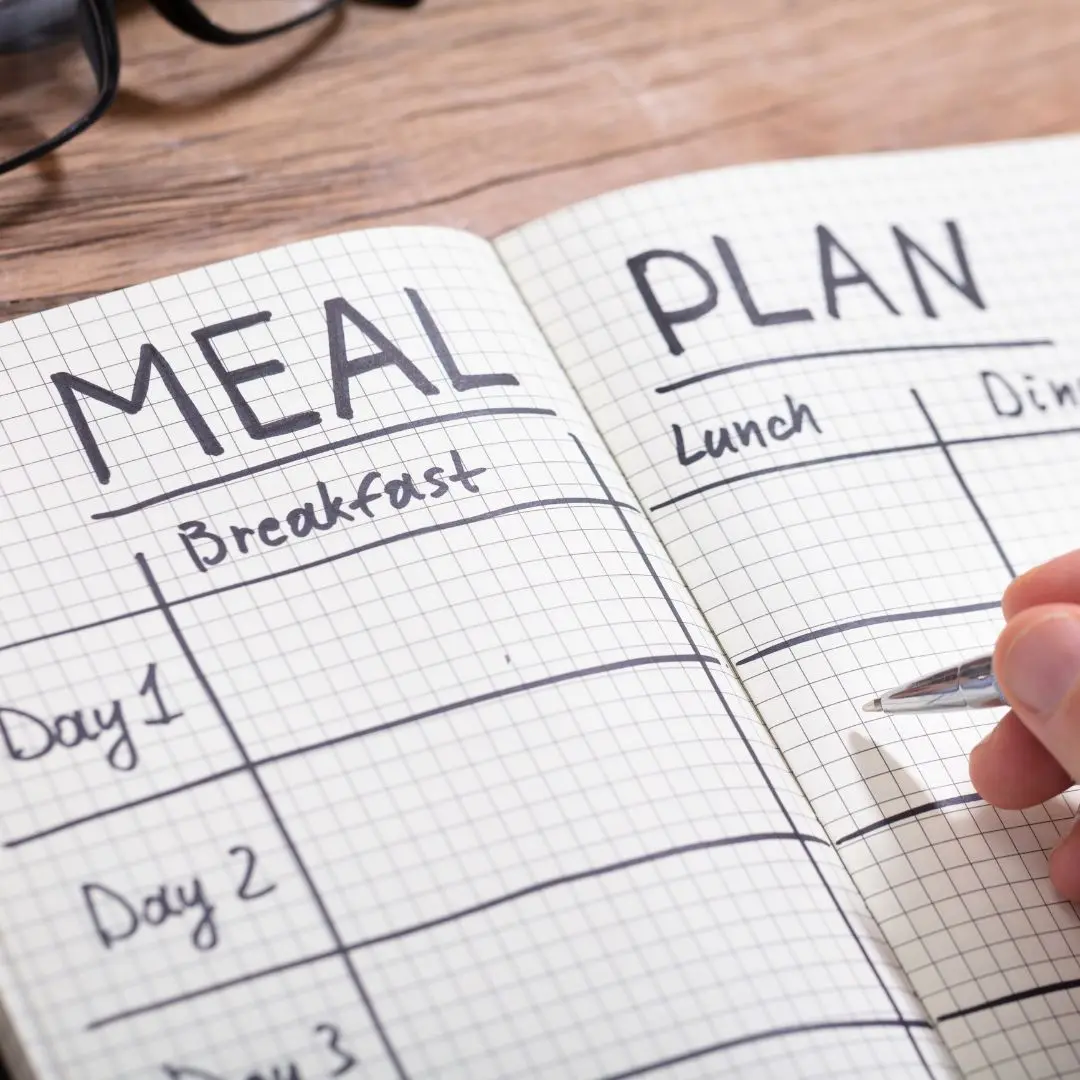In this fast-paced world, the concept of 'Physically Inactive' is alarmingly common. But what does it truly entail? Let's delve into the significance of staying active for your overall well-being.

Blog
Boost Your Health with Physical Activity - A Guide to Staying Active
In this fast-paced world, the concept of 'Physically Inactive' is alarmingly common. But what does it truly entail? Let's delve into the significance of staying active for your overall well-being.
Physical inactivity refers to a lifestyle devoid of regular physical activities, often falling short of recommended levels. It involves extended periods of little or no body movement, such as lounging on the couch while watching TV or sitting at a desk. The good news is that you don't have to become a fitness fanatic or a gym enthusiast to be considered physically active. Activities like gardening and housework also count. The key is to get up and move more, irrespective of your choice of physical activity.
Being active isn't just a choice; it's a necessity for maintaining good health. Here's why you should consider making physical activity a part of your daily routine.
Just like any other muscle, the heart needs regular exercise to function optimally. Physical activity ensures that your lungs work harder to supply oxygen to all of your body's cells and tissues, effectively regulating your blood pressure and cholesterol levels. It can also aid in managing blood sugar and help with weight management.
Insufficient physical activity can lead to a range of health problems, including cardiac disorders, hypertension, high cholesterol, obesity, and type 2 diabetes. By staying active, you can reduce the risk of these ailments.
Engaging in regular physical activity can lower the risk of various types of cancer, such as breast, bladder, colon, kidney, esophagus, uterus, stomach, and lung cancer, regardless of your body weight.
Now that you understand the importance of physical activity, how active should you be? The good news is that you don't need to be an athlete or engage in extreme workouts to stay fit. You can incorporate physical activity into your daily life in several ways.
Aim to include any form of movement in your daily routine, be it mowing the lawn, vacuuming, taking a leisurely walk, or dancing. The key is to avoid long periods of inactivity. For instance, make it a habit to stand up and move around during TV commercials.
Strive to engage in around 150 minutes of moderate-intensity exercise per week. This can include activities that raise your heart rate and make you breathe more heavily, such as brisk walking or cycling. You can break this down into shorter, more frequent sessions if it suits your schedule better.
Incorporate muscle-strengthening exercises into your routine at least two days a week. This can include weightlifting, gardening, climbing stairs, or carrying heavy groceries.
If you've been inactive for a while, starting slowly is key to prevent injuries and overexertion. Gradually increase the amount of activity you do as you build stamina and confidence. Every little bit helps, and it's more important to be consistent than to overdo it. Find activities that suit your preferences and consider ways to incorporate more movement into your daily life.
There are several ways to maintain an active lifestyle from the comfort of your own home. One option is to make use of exercise videos designed for home workouts. These videos provide structured routines that cater to various fitness levels and goals. Additionally, consider taking a leisurely stroll in your neighborhood, which is not only a great way to exercise but also an opportunity to enjoy the outdoors.Walking your dog, accompanying your child to school, or going for a walk with a friend are activities that seamlessly integrate physical activity into your daily life. Even small changes like standing up during phone calls can add up over time. If you're looking for more comprehensive solutions, you might want to invest in home fitness equipment, such as elliptical trainers, treadmills, hand weights, yoga balls, stretch bands, and exercise mats. These options offer convenience and flexibility for maintaining your fitness regimen.
In a desk-bound job, finding opportunities for physical activity can be a challenge, but it's not impossible. Check if your workplace offers ergonomic solutions like treadmill desks or standing desks. These innovations allow you to stay on your feet and move while performing your tasks.During lunch breaks, consider taking a walk around the office building. It's an excellent way to refresh your mind and incorporate physical activity into your workday. Opt for in-person interactions with your colleagues instead of relying solely on emails. This not only promotes better communication but also encourages movement within the workplace.For more informal meetings, think about incorporating 'walking meetings' or stand-up discussions in place of traditional sit-down conference room meetings. These alternatives not only foster creativity and engagement but also encourage physical activity during the workday.
Consistency plays a pivotal role in reaping the full benefits of physical activity. Many people embark on their fitness journey with enthusiasm, but it can be challenging to maintain a routine. Here are some practical tips to help you stay consistent Begin by setting realistic goals. If you're just starting, avoid aiming for lofty objectives like running a marathon in a month. Instead, focus on achievable milestones, such as taking a 20-minute walk every day.Create a schedule for your physical activities, just as you would for any other appointment or commitment. Having a structured routine can significantly enhance your consistency.Engage in activities that you genuinely enjoy. Whether it's dancing, cycling, yoga, or any other physical pursuit, choosing activities that bring you happiness makes it easier to stay committed.To stay on track, share your fitness goals with a friend or family member who can offer valuable support and encouragement. Having someone to hold you accountable can be a powerful motivator.
Your age and lifestyle play a significant role in how you approach physical activity. Here are some age-specific considerations.
Limit screen time and promote outdoor activities. Aim for at least one hour of moderate to vigorous activity daily.
Adults should strive for at least 150 minutes of moderate-intensity exercise per week, as mentioned earlier. This can be broken down into smaller sessions to fit a busy schedule.
As you age, it's essential to maintain strength, balance, and flexibility. Engage in activities like yoga, tai chi, or resistance training to prevent falls and maintain overall health.
Staying physically active is a choice that offers a lifetime of benefits. From a healthier heart to a reduced risk of chronic diseases, the advantages are numerous. No matter your age or current lifestyle, it's never too late to start and enjoy a healthier, more active life. By incorporating physical activity into your daily routine, you're investing in a future filled with vitality and well-being. So, take the first step today, and let the journey towards a healthier, more active you begin.
Engaging in regular physical activity can lower the risk of various types of cancer, such as breast, bladder, colon, kidney, esophagus, uterus, stomach, and lung cancer, regardless of your body weight.
Physical inactivity refers to a lifestyle devoid of regular physical activities, often falling short of recommended levels. It involves extended periods of little or no body movement, such as lounging on the couch while watching TV or sitting at a desk. The good news is that you don't have to become a fitness fanatic or a gym enthusiast to be considered physically active. Activities like gardening and housework also count. The key is to get up and move more, irrespective of your choice of physical activity.
Just like any other muscle, the heart needs regular exercise to function optimally. Physical activity ensures that your lungs work harder to supply oxygen to all of your body's cells and tissues, effectively regulating your blood pressure and cholesterol levels. It can also aid in managing blood sugar and help with weight management.
Need Personalized Health Guidance?
Get expert advice tailored to your specific health needs from our qualified healthcare professionals.





